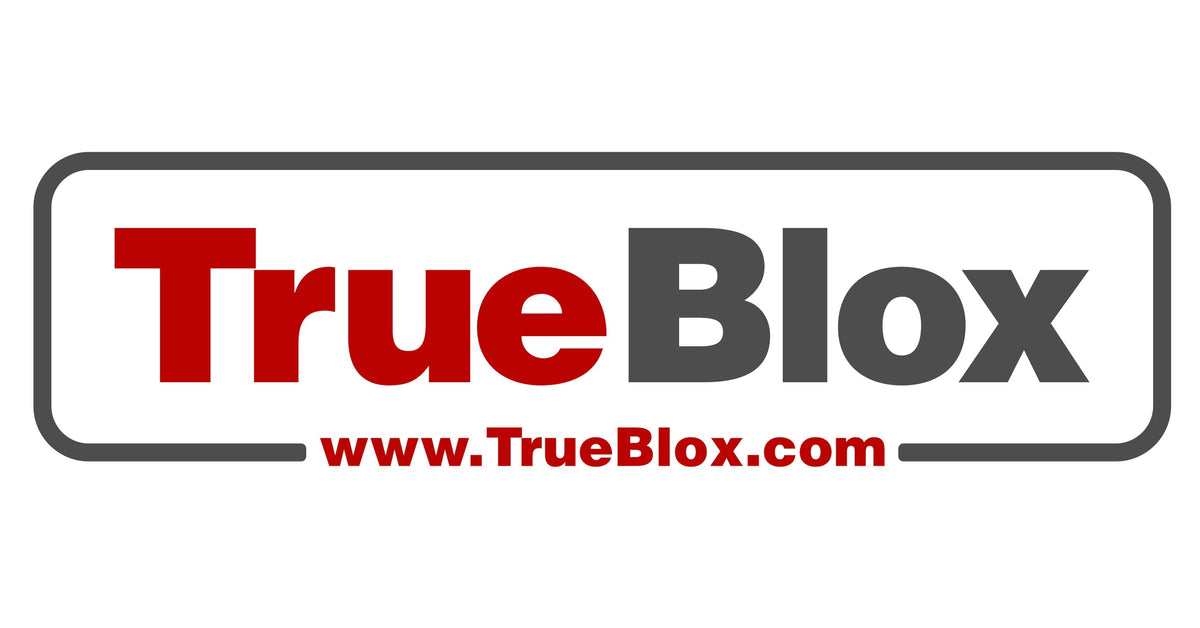There are different levels of straight. Do you want each panel to be straight, or do you want one continuous shape down the side of the truck? The black truck is neither, the doors look like they're excessively concave from front to rear so the middle of each door has low spots, and the edges are raised in comparison. The middle of the doors would need to be reshaped to bring them up level with the edges. The reflections in a concave shape will magnify imperfections which is a big reason the black truck looks so bad.
On some panels, like the bedsides of my current F100 project, I had to cut the braces loose along the bottom and move the panel out to get rid of the concave shape it had. I used a 6' straight edge to check progress, moving the panel and clamping the braces in place until it was straight. After the individual dents were fixed I addressed localized areas of the sides that were high/low by either shrinking or stretching the metal to add or remove crown to make the panel as close to level as possible. Then I skim coat the panel and use a long 3/8" thick plexiglass block to make it perfectly straight.
For the cab/doors/fender/hood- the cab needs to be on the frame, the engine needs to be in, and it needs to be sitting on the suspension so the frame is loaded like it would be when finished. You'll want the doors loaded with the weight of the glass and regulators, and the door seals on since they're stiff enough to flex the door out away from the body. Align all of the panels so that the bodylines are matched up and flowing well from panel to panel- don't worry too much about the gaps, you can add to or cut back the edges to make the gaps even later, but its hard or impossible to move the body lines. The next step is to work the metal so that the edges of all the panels are flush with each other, and the crown or shape of the middle of each panel is raised/lowered by shrinking or stretching to make a continuous/flowing shape from front to back and top to bottom. This is the foundation of getting the bodywork straight, do this and it'll make the bodywork go much easier. Once the metal is shaped correctly you can move to setting the gaps, then skim coating and sculpting the filler to finish correcting the shape of the body. Notice I said sculpting, not smoothing. Start with rough sandpaper that will shape the filler and not just smooth it, and use blocks that will help you correct the shape as you're sanding. Once the filler is shaped correctly you can move to smoothing it all up for paint- that what high build primer is for.
I've posted this process with details in a few of my build threads, start with this one since that project is done you can see the process and the results.
1966 F100 Short/Fleet Full Stock Resto Build Thread Alternate Tinkerings
67-72chevytrucks.com
This one is in progress now and I'm posting more details than I did in the other F100's thread.
I started another '66 F100 short bed project at the shop back around April, I'll post the progress here to catch up to where I'm at now. I'll only be doing the metal, body, and paint work instead of a full build like the last one ('66 F100 Stock Restoration). I'll be fixing the rust...
www.spiuserforum.com
TrueBlox website has a ton of great info on shaping/sculpting panels into the correct shapes, and plexiglass blocks like they make/sell are the best tools to do that. Check the "Learn" section for all their tips and tricks.
The Best Sanding Blocks and Methods for Remarkable Body Work.
www.trueblox.com
Another good place for info on using filler to correct shapes, and the importance of getting the metal underneath straight is schneiderconcepts on instagram.

